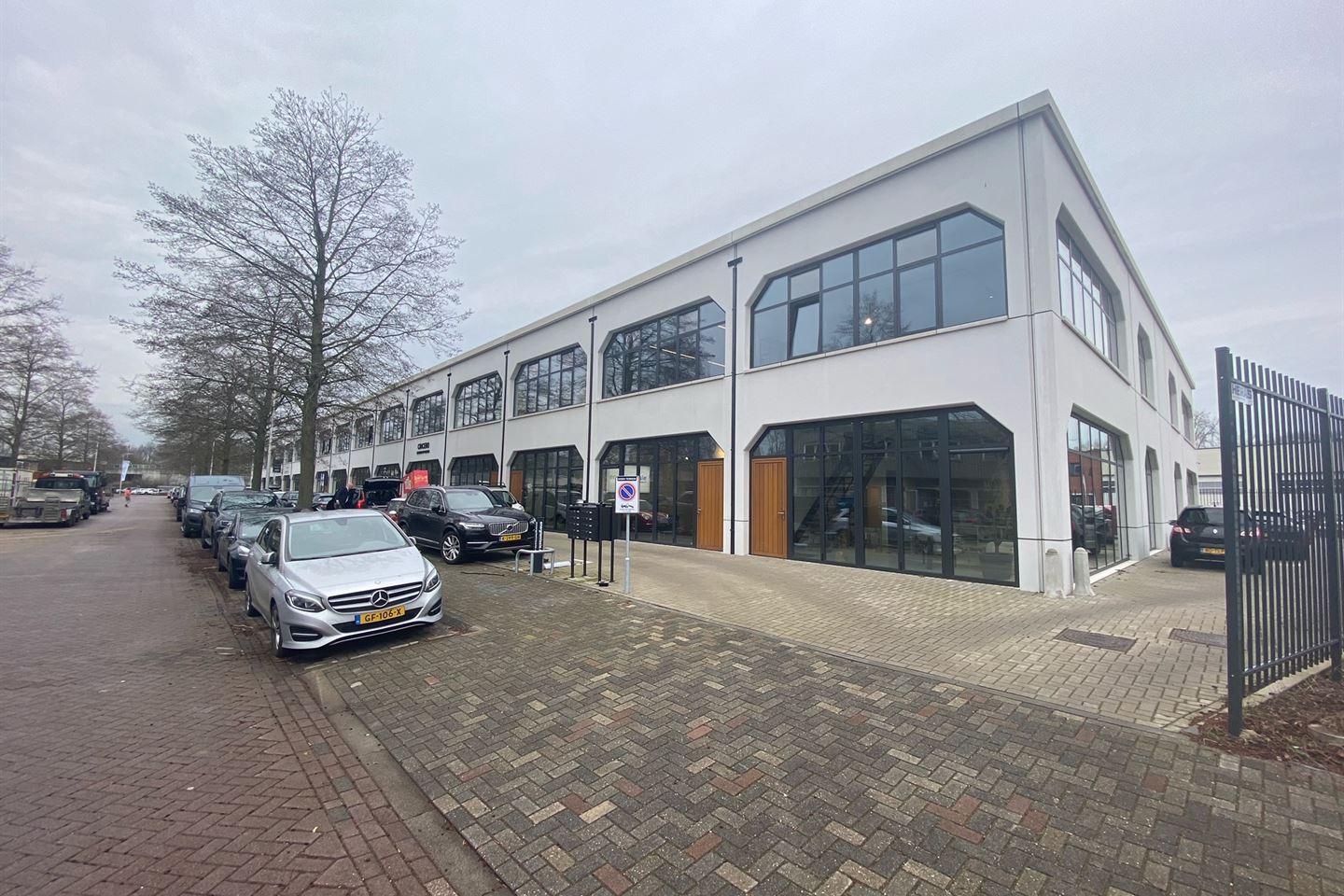As a trainer, I am often asked what the difference is or the similarities between Agile (PM) and PRINCE2®. Laymen talk a lot about it in the corridors, but what exactly is it?
Let me start by saying that both have their value because they are used by very many organizations and individuals and are bearing fruit.
When used properly, they increase the chance (!) of a successful project:
- Less costs
- Higher quality
- Reduced lead time
- Fewer risks
- More benefits
- More clarity (scope)
PRINCE2®
Tried and tested for many years, a fairly complete project management method (or best practice), which covers almost all aspects of project management and provides checklists throughout the project life cycle of processes/activities that should be carried out to achieve a lead a successful project and above all deliver it, taking into account indisputable principles and using adaptable themes such as a Business Case for the project, design of the project organization (with clear roles), defining Quality, Risk etc….
In a Project Brief (mainly with a High Level Business Case) the project answers the question: “should we start with the project?” In the (following) Initiation Phase, the Project Initiation Documentation (or “PID” with, among other things, a project plan, a detailed Business Case,…) answers the question: what do the project and the output of the project look like? In the Phase Plans, a “(sub)plan” is made at a detailed level shortly before the next phase, based on the most updated state of affairs, so that it remains iterative and “to the point”, with the PID being revised where necessary.
Agile (PM)
Agile PM wants a more pragmatic approach than the traditional approach and is opposed to the Waterfall method, which is too static. Through an iterative way of working and always in collaboration with the customer, Agile always ensures minimal deviations with regard to the wishes of the customer.
Agile chooses to allow the functionality desired by the customer to fluctuate for costs and (lead) time, whereby the latter 2 must be fixed and functionality based on the MoSCoW (Must -, Should -, Could -, Won' t have) principle to fluctuate to stay within time and cost.
Differences
There is, of course, a difference between the two techniques terminology, where I tell clients and students that a lot is in the “language” that people prefer to speak. For example, Dutch is not necessarily "better" than French, but it is "more convenient" if you want to ask for directions in the Netherlands, for example, but again more inconvenient if you ask for directions in Paris.
Another difference is how the various activities grouped For example, PRINCE2 has the “Pre Project” which looks at the desirability of continuing, which in Agile is “cut up” into 2 parts: “Pre-project” and “Feasability” (..). Also in the amount of roles, Agile has some more (split) roles than PRINCE2 which groups these roles more, etc.
Another perhaps important difference is the different choices that are made: e.g. where PRINCE2 works with tolerances with regard to all aspects (time, money, quality of the (end) products, ...) that must be properly agreed, Agile states in advance that costs and lead time may not be tinkered with and that functionality according to the MoSCoW principle (see above) must vary, assuming that not all 'features' are equally important. PRINCE2® also uses MoSCoW, but states that any choice on any of the aspects is a joint decision of both project supplier and client/business (or customer).
Last but not least: Agile believes that there is an essential difference between building software and all other projects.
Similarities
It is clear to me that the similarities are much greater than the differences and it cannot be otherwise and I mean this in an almost "physical way". OF course you have to think carefully about what you are going to do before you start, then continue to fine-tune (with client and key stakeholders) whether what you are doing is still intended and worthwhile, evaluate afterwards etc: this basic philosophy also has every decent method / best practice/…. on earth!
The iterative character is also a vision that has grown increasingly stronger over the years and can be found in Agile, PRINCE2® as well as in any other modern technology. Of course it is much more convenient for the supplier of products to have static specifications (specs) (Waterfall method), because the supplier can then work nicely and unhindered without always taking changed specs into account, however THE WORLD DOESN'T STAND STILL WHEN YOU DO YOUR PROJECT! All PM methods have removed most static elements from each technique and replaced them with dynamic/ iterative components.
Both techniques are NOT a NORM, meaning you can/should adapt them so that they work best for your organization and you get the best results from them.
Combining Agile/ PRINCE2
Colleagues in the business argue that "shared use" of both techniques would be the solution: I'm very against this and for several reasons.
- You ask an organization to know 2 methods where it is already very difficult to know 1 method well.
- You introduce different terminology, which greatly increases the confusion both internally and externally. You get islands within your organization, each with their own jargon/interpretation of the different methods, while it is already difficult enough to make good agreements with 1 method. External parties: suppliers, new employees,… will find it extra difficult to integrate. The power of 1 (!) method is precisely that everything must be clear to everyone and you avoid discussions about “what do YOU mean by….”
- You are actually developing a new method, while dedicated specialists worldwide sometimes spend decades to get a method (or technique) so complete/consistent/(almost) error-free. “We're going to mix that up for a while” should be a good answer to that? Apart from the fact that these “colleagues” often have too little knowledge/skills for this, this would take years. The result for organizations is often disastrous.
PLEASE NOTE: a PRINCE2 Agile method has been developed that can be very interesting for those who would like the above anyway. Here, too, one has to realize that this is neither PRINCE2® nor Agile PM and thus in fact another choice for a new method with the same above advantages and the same above risks.
Conclusion
My conclusion is that there is no “best technique/method”. PRINCE2® is by far the most commonly used method and this should definitely be a consideration. As the Dutch language is by far the most used language in the Netherlands, this should certainly be a very important argument for using Dutch as the official language in your organization. The same applies to PRINCE2, although Agile is gaining in popularity, the proportions are still very much in favor of PRINCE2®.
In addition, organizations should of course look at the situation they find themselves in and ask themselves and stakeholders questions such as:
- Which technology do we currently use (possibly partly) and how does that work for us and our environment?
- In which areas do we have difficulties and our way of working does not give the expected results?
- What expectations do our (main) stakeholders (or stakeholders) have and what technology do they work with?
Finally,
Choosing a well-fitting Project Management method is essential for large and small organizations that are undergoing more and more changes and want to implement these changes in an effective (achieving the objectives) and efficient way (without using too much time/cost/resources).
In addition to choosing a method, training/certifying and supervising employees is also crucial. You can contact D-ICT Solutions for certified training or a free consultation.
The author Drs Jean-Yves Depaus has 20 years of experience in Secondment, Interim Management Consultancy and Training and (DICT) with its team of certified trainers, interim managers and coaches is a leader in the field of certified training all over the world in various Project, Process, Service, Quality Management methodologies such as PRINCE2, Agile, Lean Six Sigma, ITIL, ISO, ASL, BiSL, eva


